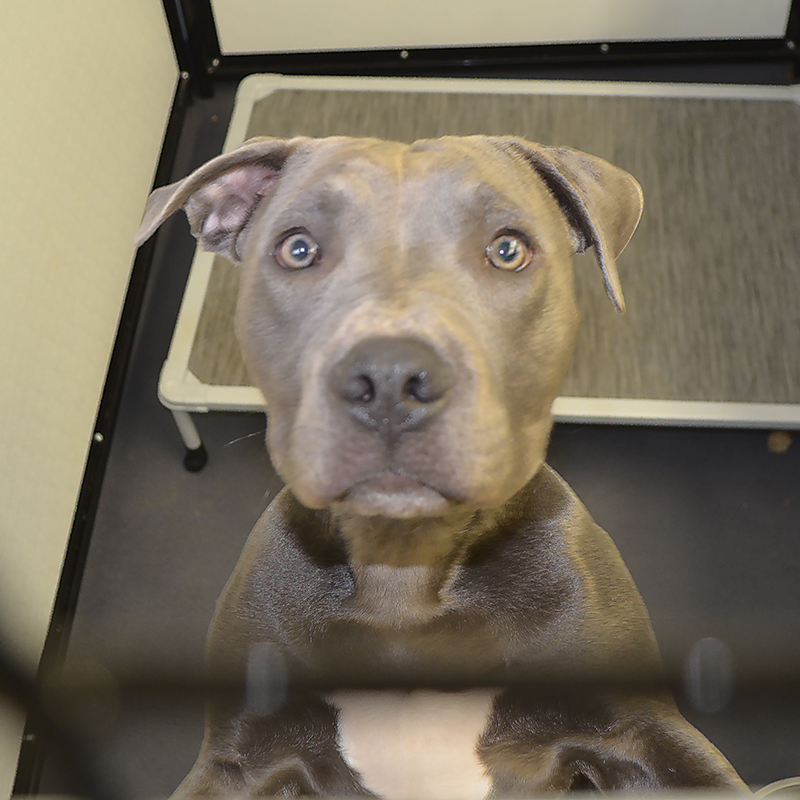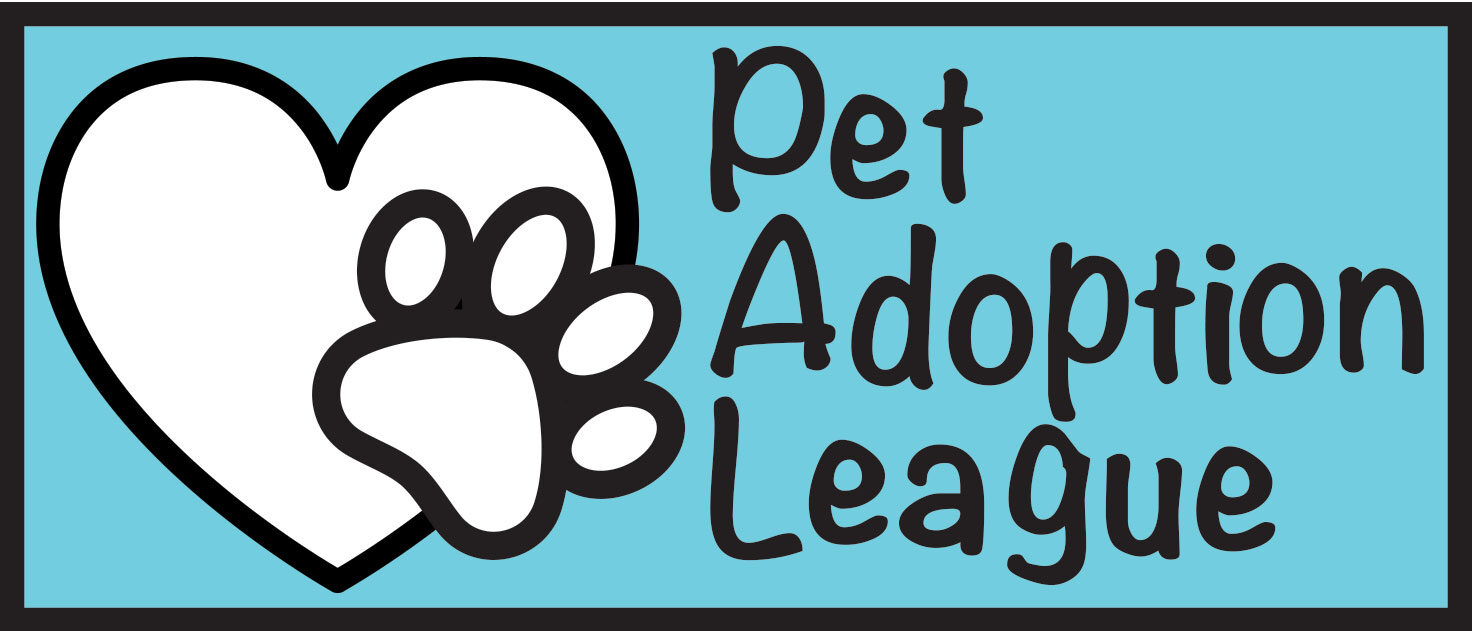Applying for Adoption
We ask that you fill out an application form, which we will provide online with a link when you are ready.
We do checks on our adopters, so please fill out the form completely. It is in the best interest of the animals in our care that we carefully screen all of those who wish to take a new furry family member into their homes for life.
What the Fees Include
- Spay/neuter
- Vaccinations
- Microchip
- Deworm
- Dental if needed
- Surgery when needed
Why Adoption Fees?
It is expensive to care for homeless animals. We are able to operate because of volunteers, donations, fund raisers and adoption fees. There are numerous expenses associated with saving pets. We don’t make a profit. Funds are continuously required to help rescue animals and do what’s necessary to find each and every animal the right home for a long and happy life!
Payments
We accept cash or credit cards* for adoption fee payments. NO CHECKS.
*A convenience fee will also be added to all credit card payments. These fees are charged to PAL so we add them to the payments. Thank you for understanding.

Bringing Home Your Shelter Dog
Tips for the First 30 Days of Dog Adoption
The first few days in your home are special and critical for a pet. Your new dog will be confused about where he is and what to expect from you. Setting up some clear structure with your family for your dog will be paramount in making as smooth a transition as possible.
Remember! Your new dog doesn’t know you, has never been to your house, does not know where to go potty or any other rules until you GENTLY let him know.
Keep your new dog on a leash and show him around your house. This way they are aware of who is in control, you can start the training immediately. A dog on the leash is under control.
Therefore at first while your dog is exploring his new home, you are right there to catch and correct, show the way. When your dog is sniffing around, and suddenly lifts a leg to go potty inside, there is a split second to catch it immediately while on leash, say no, no potty, introduce the words for things. Then IMMEDIATELY guide them on their leash while talking to them where they ARE supposed to go potty, tell them to go potty, and if and when they do, PRAISE them using the word potty (or whatever your chosen word is) over and over. Reward reward reward! Jump up and down and make a thing of it. Make this potty learning experience a positive one and you will be off to a great start without confusion, stress on either part and it is just the proper way to train a dog. It is not necessary to give a treat as a reward and might not even be a good idea as dogs will then just go potty to get a treat. Not the right message. Dogs want to please you more than anything (even if it doesn’t appear so at first), the trust building happens right away when they did something good, you rewarded them for it and they understood with no question that they just did the right thing. IT WORKS! Make it a party.
Most importantly: Forgive any first time accidents and incidents. Never punish a dog for a potty accident. It is traumatic for a dog to be punished for a natural behavior that just needs some explanation as to where that should happen.
Before You Bring Your Dog Home:
Tips for the First 30 Days of Dog Adoption
Determine where your dog will be spending most of his time. Because he will be under a lot of stress with the change of environment (from shelter or foster home to your house), he may forget any housebreaking (if any) he’s learned. Often a kitchen will work best for easy clean-up.
If you plan on crate training your dog, be sure to have a crate set-up and ready to go for when you bring your new dog home.
Dog-proof the area where your pooch will spend most of his time during the first few months. This may mean taping loose electrical cords to baseboards; storing household chemicals on high shelves; removing plants, rugs, and breakables; setting up the crate, and installing baby gates.
Training your dog will start the first moment you have him. Take time to create a vocabulary list everyone will use when giving your dog directions. This will help prevent confusion and help your dog learn his commands more quickly.
Bring an ID tag with your phone number on it with you when you pick up your dog so that he has an extra measure of safety for the ride home and the first few uneasy days. If he is microchipped, be sure to register your contact information with the chip’s company, if the rescue or shelter did not already do so.
First Day:
We know moving is stressful — and your new dog feels the same way! Give him time to acclimate to your home and family before introducing him to strangers. Make sure children know how to approach the dog without overwhelming him.
When you pick up your dog, remember to ask what and when he was fed. Replicate that schedule for at least the first few days to avoid gastric distress. If you wish to switch to a different brand, do so over a period of about a week by adding one part new food to three parts of the old for several days; then switch to half new food, half old, and then one part old to three parts new.
On the way home, your dog should be safely secured, preferably in a crate. Some dogs find car trips stressful, so having him in a safe place will make the trip home easier on him and you.
Once home, take him to his toileting area immediately and spend a good amount of time with him so he will get used to the area and relieve himself. Even if your dog does relieve himself during this time, be prepared for accidents. Coming into a new home with new people, new smells and new sounds can throw even the most housebroken dog off-track, so be ready just in case.
Housetraining section.
If you plan on crate training your dog, leave the crate open so that he can go in whenever he feels like it in case he gets overwhelmed. Also, be sure to check out the do’s and don’ts of crate training your dog.
From there, start your schedule of feeding, toileting and play/exercise. From Day One, your dog will need family time and brief periods of solitary confinement. Don’t give in and comfort him if he whines when left alone. Instead, give him attention for good behavior, such as chewing on a toy or resting quietly.
Preparing Your Home For A New Dog.
For the first few days, remain calm and quiet around your dog, limiting too much excitement (such as the dog park or neighborhood children). Not only will this allow your dog to settle in easier, it will give you more one-on-one time to get to know him and his likes/dislikes.
If he came from another home, objects like leashes, hands, rolled up newspapers and magazines, feet, chairs and sticks are just some of the pieces of “training equipment” that may have been used on this dog. Words like “come here” and “lie down” may bring forth a reaction other than the one you expect.Or maybe he led a sheltered life and was never socialized to children or sidewalk activity. This dog may be the product of a never-ending series of scrambled communications and unreal expectations that will require patience on your part.
Following Weeks:
People often say they don’t see their dog’s true personality until several weeks after adoption. Your dog may be a bit uneasy at first as he gets to know you. Be patient and understanding while also keeping to the schedule you intend to maintain for feeding, walks, etc. This schedule will show your dog what is expected of him as well as what he can expect from you.
After discussing it with your veterinarian to ensure your dog has all the necessary vaccines, you may wish to take your dog to group training classes or the dog park. Pay close attention to your dog’s body language to be sure he’s having a good time — and is not fearful or a dog park bully.
To have a long and happy life together with your dog, stick to the original schedule you created, ensuring your dog always has the food, potty time and attention he needs. You’ll be bonded in no time!
If you encounter behavior issues you are unfamiliar with, ask your veterinarian for a trainer recommendation. Select a trainer who uses positive-reinforcement techniques to help you and your dog overcome these behavior obstacles.
Congratulations! If you follow these tips, you’ll be on your way to having a well-adjusted canine family member.
